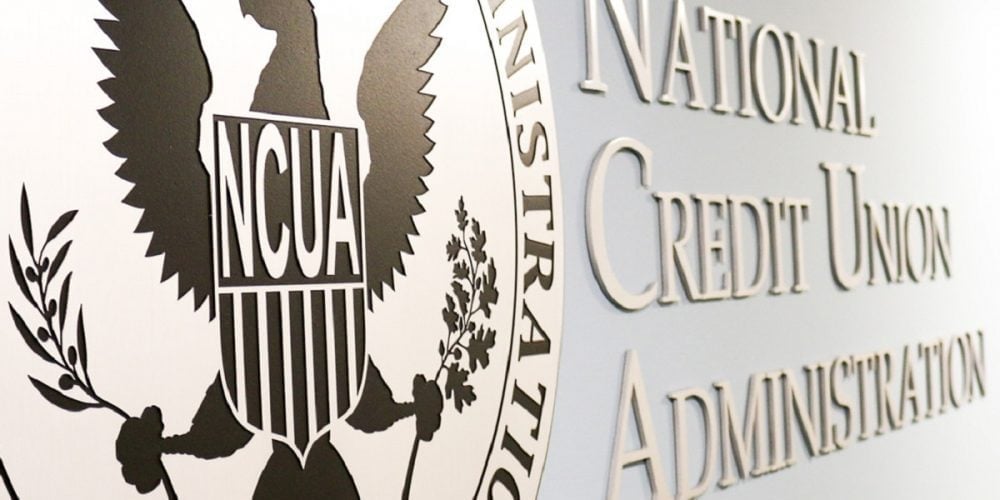As a Millennial employee at a financial branding and marketing agency, I see institutions constantly searching for more customers my age. There’s a great deal of targeted marketing happening: financial institutions use tactics that reach out to Millennials who are using certain mobile apps, visiting physical locations, or searching for answers online. The personalization of financial marketing, banking apps, and marketing technology is advancing rapidly, but many institutions are still struggling to replenish their aging customer base.
It’s not enough to simply get your target audience to your website, social media page, or branch. What a visitor sees when they first land is of vital importance. After all, what good is your SEM budget if all it does is route your target audience to content that’s unreadable and can’t be digested? If you want Millennials, you must communicate at our level; plenty of other businesses already are (like Mint and Venmo), and we flock to them.
Great marketing strategies can be created, but if you refuse to cut jargon and increase the readability of your content, winning over younger customers won’t be an easy feat. By making content more readable, financial marketers can earn the trust of Millennials and increase financial literacy among younger audiences.
Millennials harbor suspicions about the financial industry (we remember 2008, too!), and the scandals at huge financial institutions during the Great Recession did little to improve the image of banking behemoths (though we see you trying, Wells Fargo). To try and enhance their approachability, several big financial institutions (Bank of America, Citi, and Chase) have worked to increase readability and decrease length of disclosure documents in particular, cutting them down from 69 pages (the median length of checking account disclosure statements!) to just one or two, and writing them in plain language.
Compliance departments may insist on extensive and thorough disclosures, but financial marketers should keep in mind that most American adults—not just Millennials—read at a 7th or 8th grade level. Writing at or under this grade of reading is ideal; both Umpqua Bank and Washington Federal’s web communications, when recently analyzed, came in at a 6th grade level. Writing at too high of a reading level may make you feel smart, but it confuses your audience. If the goal is to assist customers in making better financial decisions, your organization would do well to help elevate our understanding, not hinder it.
Millennials want to know more, and we have good reason to learn about our personal finances. A study at the University of Rhode Island about financial literacy across age groups noted that the current financial education movement has been motivated by the weakening of a government-managed economic safety net (scary!). This puts more responsibility on individuals (e.g. Millennials and Gen Z) to manage their own long-term economic security (e.g. retirement). This study found that financial literacy and capability was linked to age; younger people are lacking in financial education and need clear communication to make informed decisions. Millennials know that we should worry about long-term economic security, and that retirement is going to be different (read: impossible) for us than it is for our parents. This area of genuine financial education seems ripe for the taking, and many community banks and credit unions have loads of information to help their customers. So why aren’t Millennials grabbing onto this with confidence?
While we are motivated to increase our financial literacy, Millennials don’t have time to care about what we don’t understand, and credit union literature is full of complicated information, huge blocks of text, and asterisks leading to novel-length disclosures. Confusing financial jargon—acronyms (like LOC, OLB, RDC, APR, LTV) and phrases truly meant for insiders or experienced investors is misleading and not for our benefit of understanding. Often, financial marketers don’t even realize the words they use are confusing. Millennials polled in a survey about retirement communication considered common finance industry words—contribution, allocation, rollover, and vehicle—to be confusing jargon, as they have familiar everyday meanings as well as financial ones.
This doesn’t mean that we need elaborate definitions of every four syllable word on your website. Before you add paragraphs to paragraphs, keep in mind that most Millennials only skim webpages; if it’s un-skimmable, we tend to hit the back button and scroll further down for a more digestible version of the same content. More often than not, Millennials are also looking things up on a mobile screen. Concise content stands out on mobile, while long paragraphs disappear.
Many credit unions list increasing financial literacy among customers as a core focus. But the disconnect between having this goal and carrying it out is very real. How should financial institutions mind this gap and increase readability and cut jargon to help customers become more financially literate?
Here’s a quick list*:
-
- Keep it short: simple sentences communicate more effectively than complex ones. How would that 26-word sentence look on a phone screen?
- Avoid jargon. Remember, jargon is only appropriate when communicating with other experts in your field, and it won’t make you sound smarter to Millennials with no serious background in banking.
- Write for the customers you want, not your internal marketing team. This doesn’t mean you should talk down to consumers, but it does mean being to-the-point. Millennials prefer to read something honest rather than something that requires a law degree.
- Use visuals.
- Keep it readable (i.e. organize your text with headings, subheadings, numbers, bullet points, etc. to break up copy in short paragraphs)
- Keep it fresh! Not only will this enhance your placement in Google’s search results, but updated pages will show younger customers that:
- You’re still open, and
- You’re keeping up with the fast changes in your industry.
Remember, Millennials don’t have a ton of positive financial experience yet; we’re suspicious, and while we crave information, we also value time and efficiency. By increasing readability and cutting jargon from content, credit unions can increase their customer base and financial literacy across younger audiences.
*Shoutout to all the other millennials out there. The quick bullet list at the end of this post was created specifically for your quick scan.
Linked articles:
https://thefinancialbrand.com/25393/simple-checking-account-disclosures/
https://web.uri.edu/business/files/AgeAndFinancialCapability.pdf








